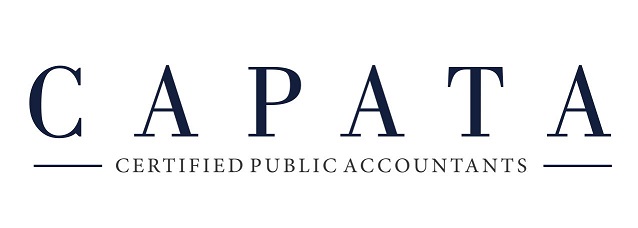During the busy tax-filing season it can be easy to forget about other important tax-related deadlines for your business. It is critical to have either a personal accountant or a designated person that helps manage the business tax payments that are due quarterly through the year. Staying up-to-date and making those estimated payments will help alleviate your business tax bill at the end of the year.
Q2 TAX DEADLINES
April 2
2017 Forms: 1096, 1098, 1099 (except if an earlier deadline applies) and Form W-2G should be electronically filed.
April 17
For C corporations with a calendar year-end: file a 2017 Form 1120 income tax return or let us know to file a six-month extension (Form 7004) on your behalf. There is a $800 estimated Franchise Tax Board payment due. If you are sending a check, it must be post-marked by 4/17/18 to avoid any penalties. If you choose to not extend, keep in mind that this is also the last day to make 2017 contributions to your pension and profit-sharing plans.
April 30
Report income tax withholding and FICA taxes for first quarter 2018 (Form 941) and pay any tax due. (There is an exception below for the deadline: May 10.)
May 10
Report income tax withholding and FICA taxes for first quarter 2018 (Form 941), if you deposited on time and in full all of the associated taxes due.
June 15
For C corporations with a calendar year-end, pay the second installment of 2018 estimated income taxes.
Contact us if you have any questions or want to verify that you are meeting all appropriate deadlines and to learn more about these tax requirements.



